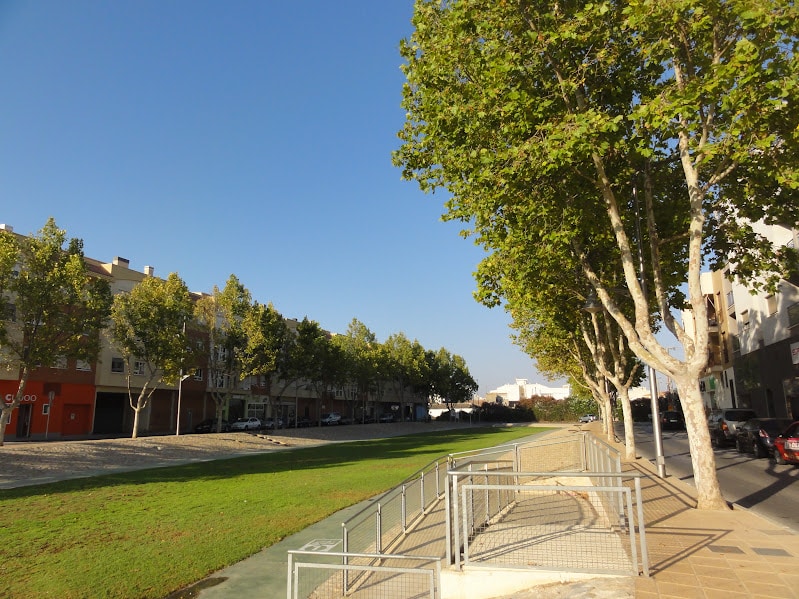The Official State Gazette published the resolution of the General Directorate of Quality and Environmental Assessment formulating an environmental impact report for the project “Controlled storage areas on boulevards leading to San Pedro del Pinatar and Pilar de la Horadada”, in Pilar of la Horadada, San Javier and San Pedro del Pinatar.
The resolution dictates that “submission to the ordinary environmental impact assessment procedure of the project is necessary”, so the project cannot be approved as intended by the Ministry for the Ecological Transition and the Demographic Challenge (MITECO), with a simplified procedure, since the proposed action “could have significant adverse effects on the environment”.
The project has already generated rejection among some farmers for affecting the irrigated area of the municipality of Pilar de la Horadada. These actions are part of the Program of Measures of the Hydrological Plan of the Segura Hydrographic Demarcation and the Flood Risk Management Plan.
The main objective is to improve the hydrological regulation and lamination capacity of the Cañada de las Siete Higueras basin, correcting and stabilising the temporary channel to reduce the risk of flooding in the urban centres of Pilar de la Horadada and San Pedro del Pinatar, reducing the peak flows in episodes of torrential rains and attenuating floods through a laminating effect, and at the same time reducing circulating solid flows, avoiding their discharge into the sea and the loss of sedimentable material in the basin.
The actions included in the project are the construction of a controlled storage area (ZAC) in the area of Lo Romero, four lamination dams and hydrological correction, and a series of complementary environmental restoration actions, consisting of the implementation of plant barriers in the flood zones of the ZAC and the dikes, elimination of invasive exotic species, plantations in the riverbed, creation of ponds for amphibians and installation of nest boxes for birds and bats, among others.
The A2, C3, C4 and C5 dams, as well as their flood zones, are located within the Natura 2000 Network, specifically the Special Protection Areas for Birds (ZEPAs) in the Region of Murcia and in the Valencian Community.





